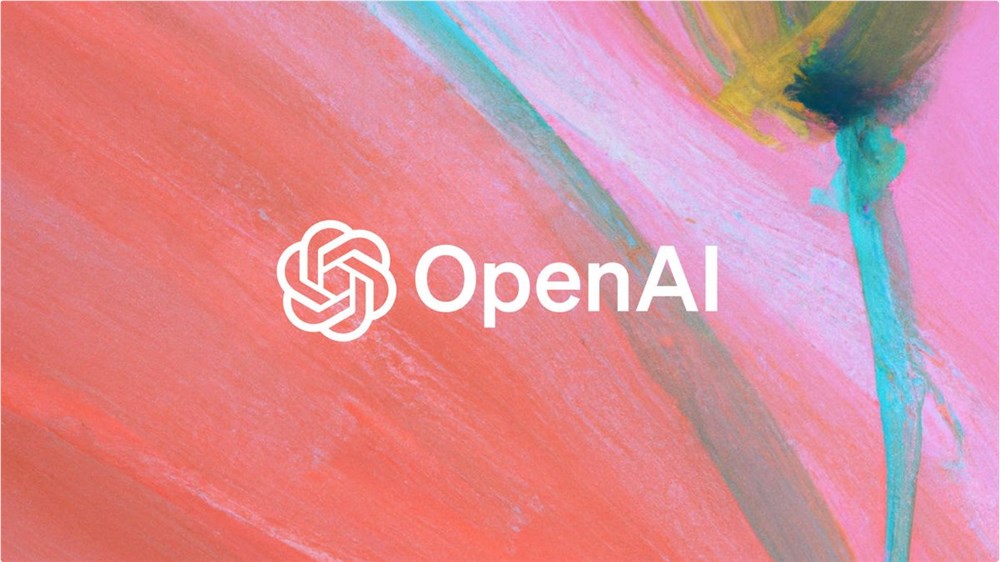In the vast expanse of the universe, with its billions of stars, the dream of finding another blue planet feels like searching for a needle in a haystack. However, a research team from Switzerland has injected powerful new momentum into this epic quest. They have developed an AI model, a sharp-eyed interstellar detective, capable of piercing through cosmic dust to identify potentially habitable worlds hidden in unknown corners. This is not just a technological breakthrough; it's a treasure map to the future.
A recent study published in Astronomy & Astrophysics details the AI detective's extraordinary capabilities. Through deep learning, this intelligent algorithm meticulously combed through data from known star systems, ultimately "sniffing out" 44 particular stellar systems. It boldly predicts that these seemingly quiet interstellar neighborhoods may harbor undiscovered exoplanets similar to Earth. This lights a beacon of hope, accelerating the search for cradles of life.

Image Note: Image generated by AI, licensed through Midjourney.
Of course, this AI detective can't guarantee the existence of "Earth 2.0" in these systems, but it has successfully identified priority targets for astronomers. Even more exciting, the model's performance in simulation tests was stunning, achieving a prediction accuracy of 0.99. This means that in the simulated universe, 99% of the systems it identified indeed possessed at least one Earth-like planet. This gives a huge boost of confidence to real-world searches.
"This is one of the few models worldwide with such complexity and depth, making predictive research like ours possible," said Dr. Yann Alibert, co-author of the study and co-director of the Center for Space and Habitability at the University of Bern. "This represents a crucial step in the search for planets with habitable conditions, and ultimately, the search for extraterrestrial life."
Searching for exoplanets is a challenge. These distant planets are tiny compared to their host stars, barely emitting light, making direct observation extremely difficult. To date, scientists have confirmed the existence of just over 5800 exoplanets, and most of the information we have is quite limited. This "thread of clues" is clearly insufficient for an AI that requires massive amounts of data for training.
Faced with this challenge, the Swiss researchers took a different approach. Instead of relying on scarce real-world observational data, they "fed" the AI a massive synthetic planetary system database generated by the "Bern Planet Formation and Evolution Model." This powerful simulation tool meticulously recreates the entire evolutionary process of hypothetical planets, from their birth in protoplanetary disks to maturity, providing the AI with a nearly endless supply of learning material. Dr. Alibert emphasized: "The Bern model is unique worldwide; its integration of such rich physical processes made our current research possible."
Through this rigorous simulated training, the AI detective gradually "learned" the key clues to finding Earth-like planets. The researchers wrote in their paper that it discovered that the innermost detectable planet in a star system, particularly its mass and orbital period around the star, is the strongest indicator of the presence of hidden Earth-like planets deeper within the system.
Armed with this "secret," the team applied the machine learning algorithm to a sample of nearly 1600 real star systems known to have at least one planet, with host stars of G-type (similar to the Sun), K-type, or M-type (smaller and cooler than the Sun). The analysis pointed to nearly four dozen (44) systems – those that may be quietly harboring an undiscovered "Earth sibling."
However, the AI detective is not omnipotent or perfect. The researchers acknowledge that the current model cannot fully replicate all the characteristics of star systems observed by astronomers. For example, the strong correlation often observed between so-called "super-Earths" and "cold Jupiters" around sun-like stars is not well-represented in the model. Furthermore, the simulated planets tend to be closer to their host stars than those observed in reality.
But this does not diminish its value. In the vast and dazzling scale of the universe, any tool that helps astronomers narrow their search and improve their "hit rate" is a game-changer. This AI interstellar detective from Switzerland may not directly lead us to our next home, but it undoubtedly illuminates the path for one of humanity's most ambitious explorations, making the long journey to find Earth's "cousins" clearer and more hopeful.










